Scotland's oil and gas supply chain exports rose by 8.4 percent in 2011-12, to $12.7 billion—almost double the rate of the previous year—according to the latest figures from Scottish Development International and the Scottish Council for Development and Industry (SCDI).
the previous year—according to the latest figures from Scottish Development International and the Scottish Council for Development and Industry (SCDI).
The new figures, which are part of the latest annual survey of international activity in the sector, were announced by Scotland's Minister of Energy, Fergus Ewing , at the Offshore Technology Conference in Houston, Texas, where the Scottish Government is hosting a delegation of over 50 Scottish companies.
According to the survey, international activity accounted for a record 47.6 percent of total sales from the sector, an increase from 31 percent over the past decade. Total oil and gas supply chain sales, which includes sales through subsidiaries, increased by 5.8 percent to reach $26.7 billion, with exports to over 100 markets across the globe.
Commenting on the new figures, Minister Ewing said:
"Scotland has established a global reputation within the oil and gas sector, and I am delighted that these latest figures show an increase in international sales, which now account for almost 50 percent of total sales.
"Scotland is leading the way in the world of oil and gas and has a clear competitive advantage in this truly global industry. There are huge opportunities open to us internationally, and we are determined to make the most of them.
"The Scottish Government recognizes the substantial contribution that the oil and gas industry makes to our economy. We are working with the industry to continue to strengthen Scotland's position as a global leader in the sector and these figures mark further growth in this important part of our economy."
North America remained the top region for exports with $4 billion of sales targeted into this region, an increase of 2.8 percent, but strongest growth was reported in the Middle East. Africa remained the second most important with a 5.9 percent increase in sales. Brazil, the United States and Australia are reported to be the new markets of greatest interest – with sales in Australia alone increasing by 9.4 percent.
The services sector is also dominant in terms of sales, seeing an increase of 10 percent from last year's survey. The types of services being exported from Scotland include project management, consultancy, construction, maintenance, resource management, software design, drilling, access solutions, catering, logistics/transport, engineering and design.
Danny Cusick , President, Americas, Scottish Development International, said:
"Growing oil and gas export levels is a key priority for Scotland, so we welcome the success demonstrated by these latest figures, particularly at a time when many regional economies have been stagnant. They show that our expertise in oil and gas remains with increasing demand across the globe, and clearly demonstrate the growing importance international markets have to play in the long-term future of the industry in Scotland.
"While other markets such as Brazil, Africa, the Middle East and Australia are increasingly becoming international priorities for Scotland, North America remains by far our top and most important region for exports. Continued investment by oil and gas companies from the U.S. and Canada is crucial to Scotland's long-term economic growth."
Ian Armstrong regional director, Scottish Council for Development and Industry, added:
"The global nature of Scotland's oil and gas supply chain is once again illustrated by this latest set of export figures. The international expertise and success of the industry is built on outward looking and innovative companies based in the North East, Highlands & Islands and other parts of our country, who consistently proved themselves to be world leading in identifying and capitalizing upon business opportunities in oil and gas provinces around the world. As energy expertise in Scotland continues to build across other sectors, SCDI anticipates this trend will continue to benefit Scotland for many decades to come."
.


 BP and federal and state
BP and federal and state 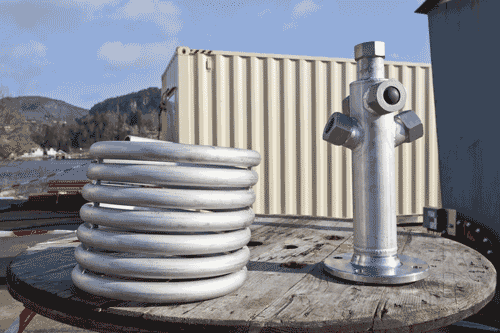
 Deep Down, Inc
Deep Down, Inc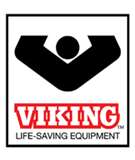 The global leader in life saving equipment,
The global leader in life saving equipment,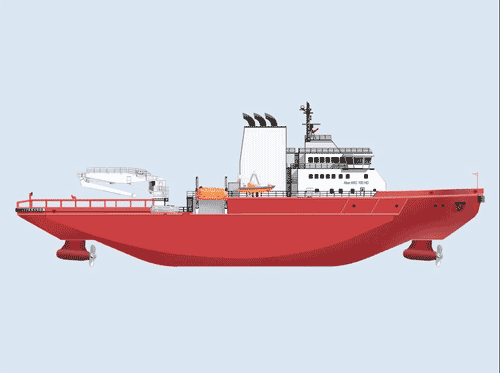 The 76m long vessel, with her oblique ice-breaking action is a game changer in year-round oil spill response. Additionally, a single Oblique Icebreaker cuts channels through ice for cargo ships to follow as wide as two equivalent conventional icebreakers moving ahead side by side.
The 76m long vessel, with her oblique ice-breaking action is a game changer in year-round oil spill response. Additionally, a single Oblique Icebreaker cuts channels through ice for cargo ships to follow as wide as two equivalent conventional icebreakers moving ahead side by side.  the previous year—according to the latest figures from Scottish Development International and the
the previous year—according to the latest figures from Scottish Development International and the 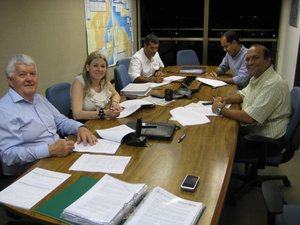 The new company is to be called
The new company is to be called  Harsher environments, life extension and more demanding regulatory and business requirements are some of the challenges the offshore industry faces. However, a complete software tool to evaluate the full range of potential hazards and associated risks has until now not been available. Safeti Offshore, just released, is a quantitative risk analysis software solution based on DNV’s more than three decades of experience within such analysis.
Harsher environments, life extension and more demanding regulatory and business requirements are some of the challenges the offshore industry faces. However, a complete software tool to evaluate the full range of potential hazards and associated risks has until now not been available. Safeti Offshore, just released, is a quantitative risk analysis software solution based on DNV’s more than three decades of experience within such analysis.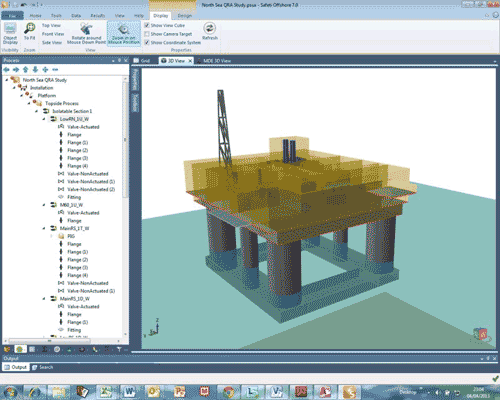
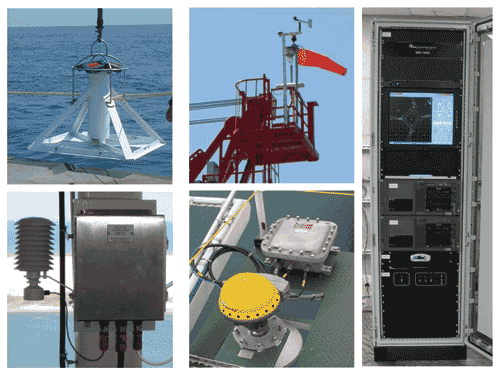 Exploration has awarded a contract to
Exploration has awarded a contract to 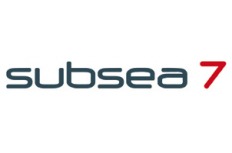 S
S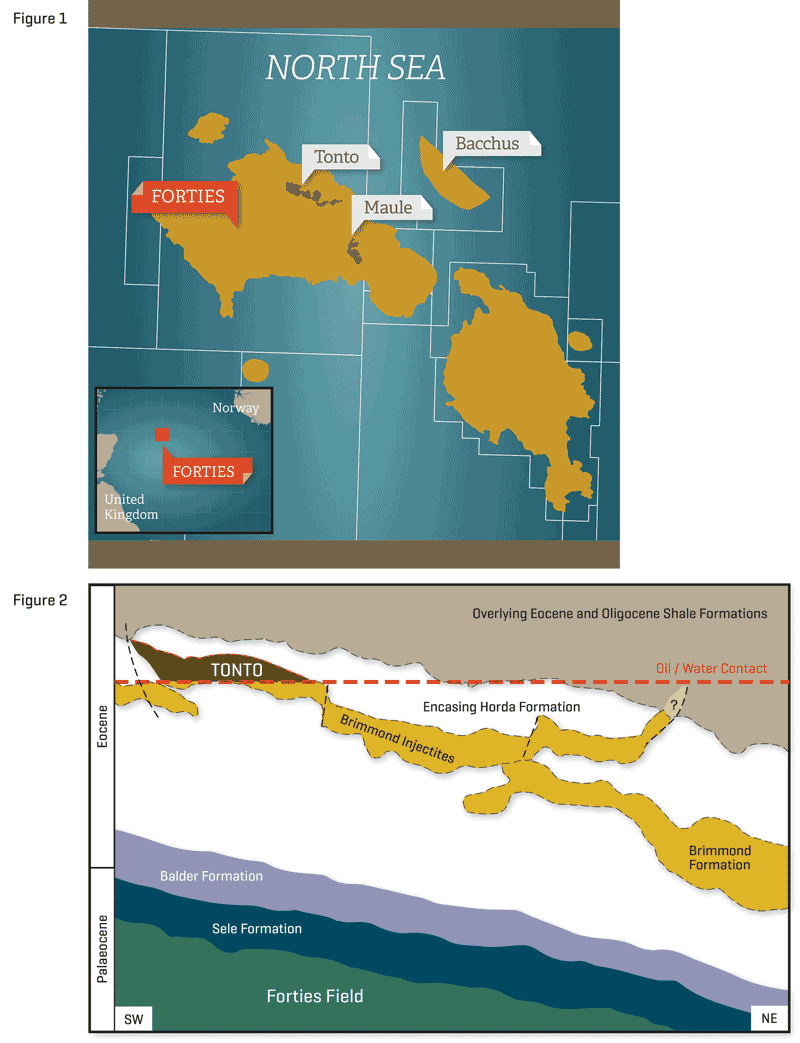
 Apache Corporation
Apache Corporation
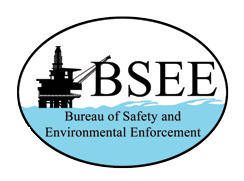 As part of the Obama administration’s ongoing efforts to strengthen the oil and gas industry’s ability to respond in the event of a deepwater blowout and ensure that offshore oil and gas production can continue to expand safely and responsibly, Bureau of Safety and Environmental Enforcement (BSEE) Director Jim Watson has launched an unannounced exercise to deploy critical pieces of state-of-the-art well control equipment to the ultra-deep seabed of the Gulf of Mexico.
As part of the Obama administration’s ongoing efforts to strengthen the oil and gas industry’s ability to respond in the event of a deepwater blowout and ensure that offshore oil and gas production can continue to expand safely and responsibly, Bureau of Safety and Environmental Enforcement (BSEE) Director Jim Watson has launched an unannounced exercise to deploy critical pieces of state-of-the-art well control equipment to the ultra-deep seabed of the Gulf of Mexico.